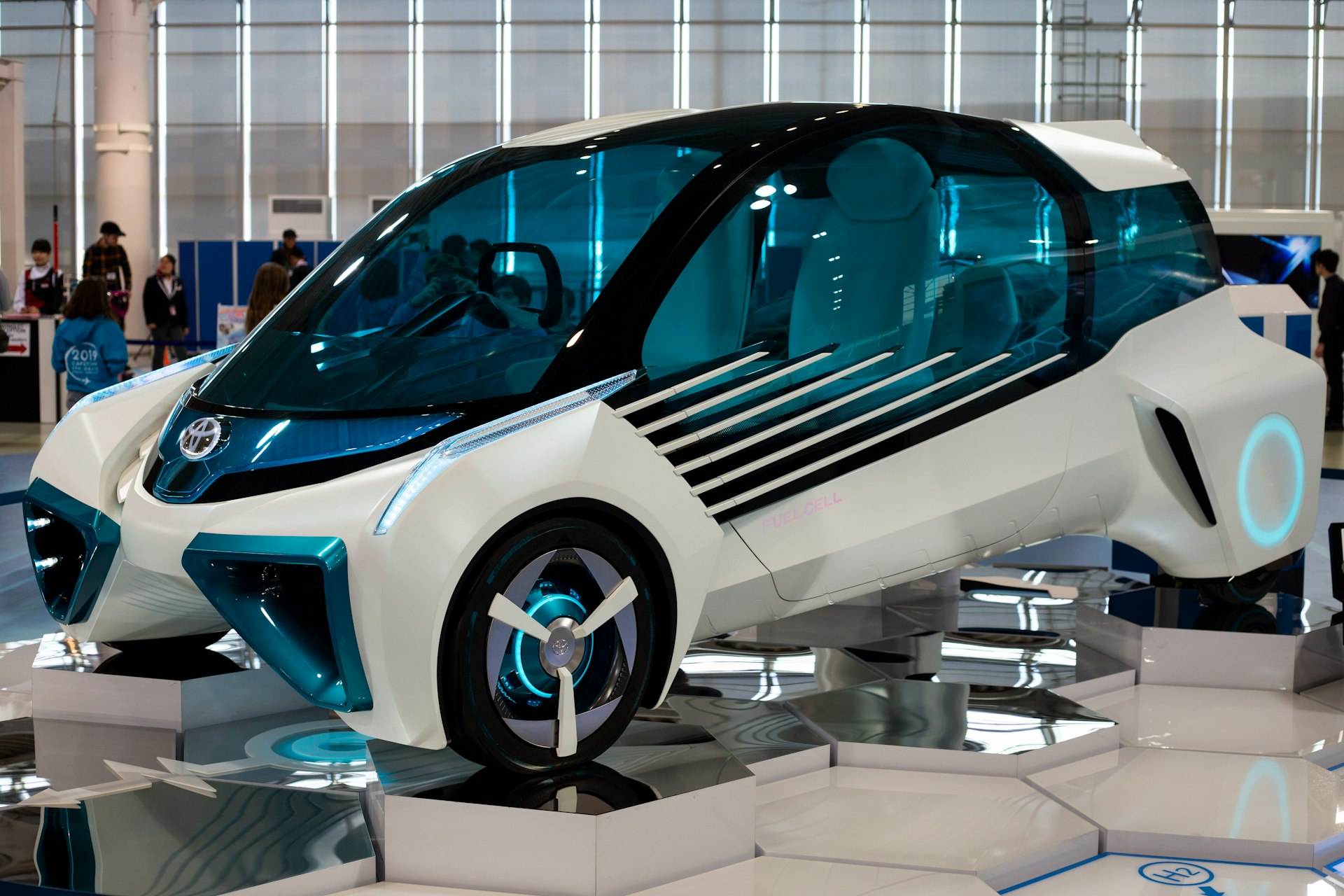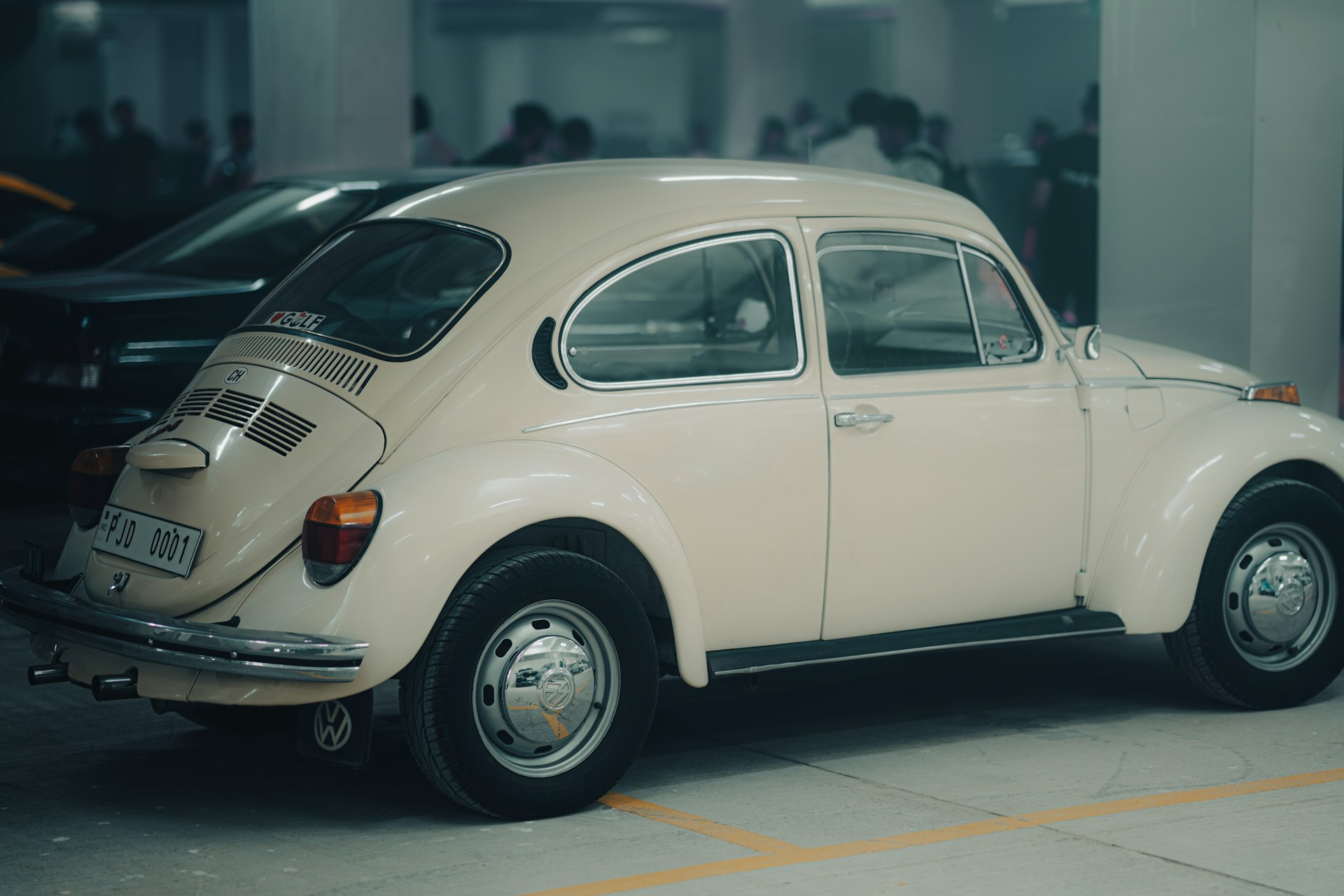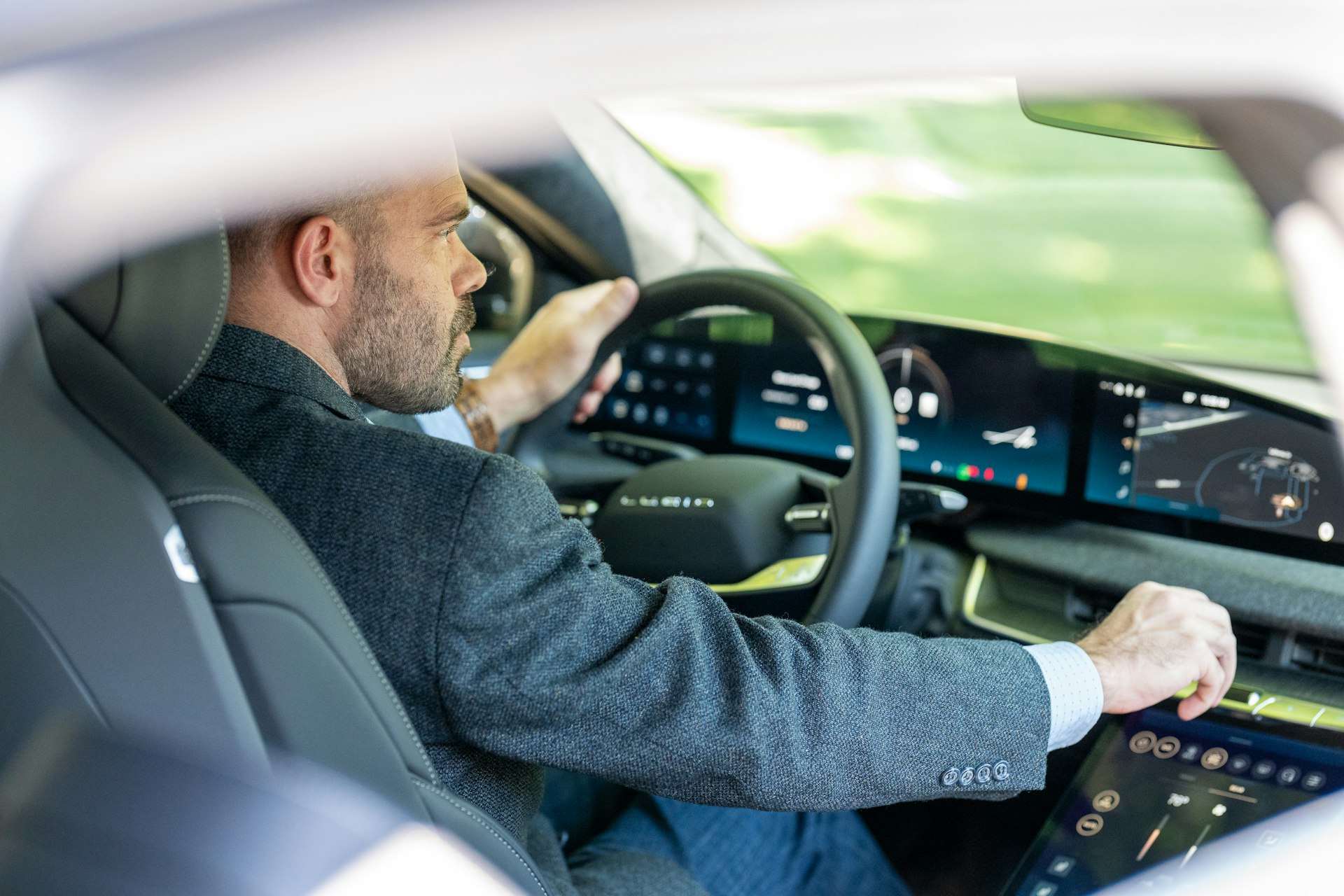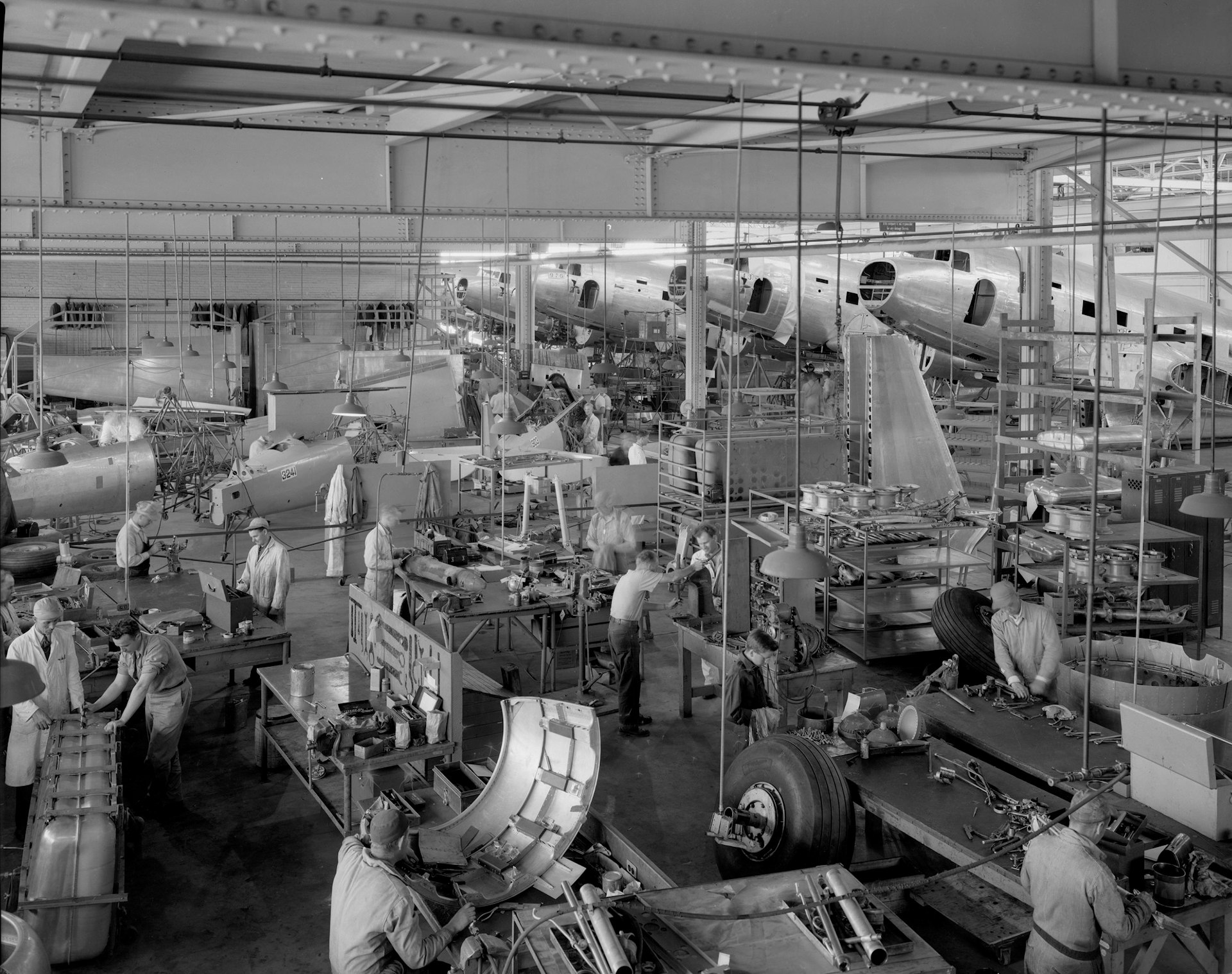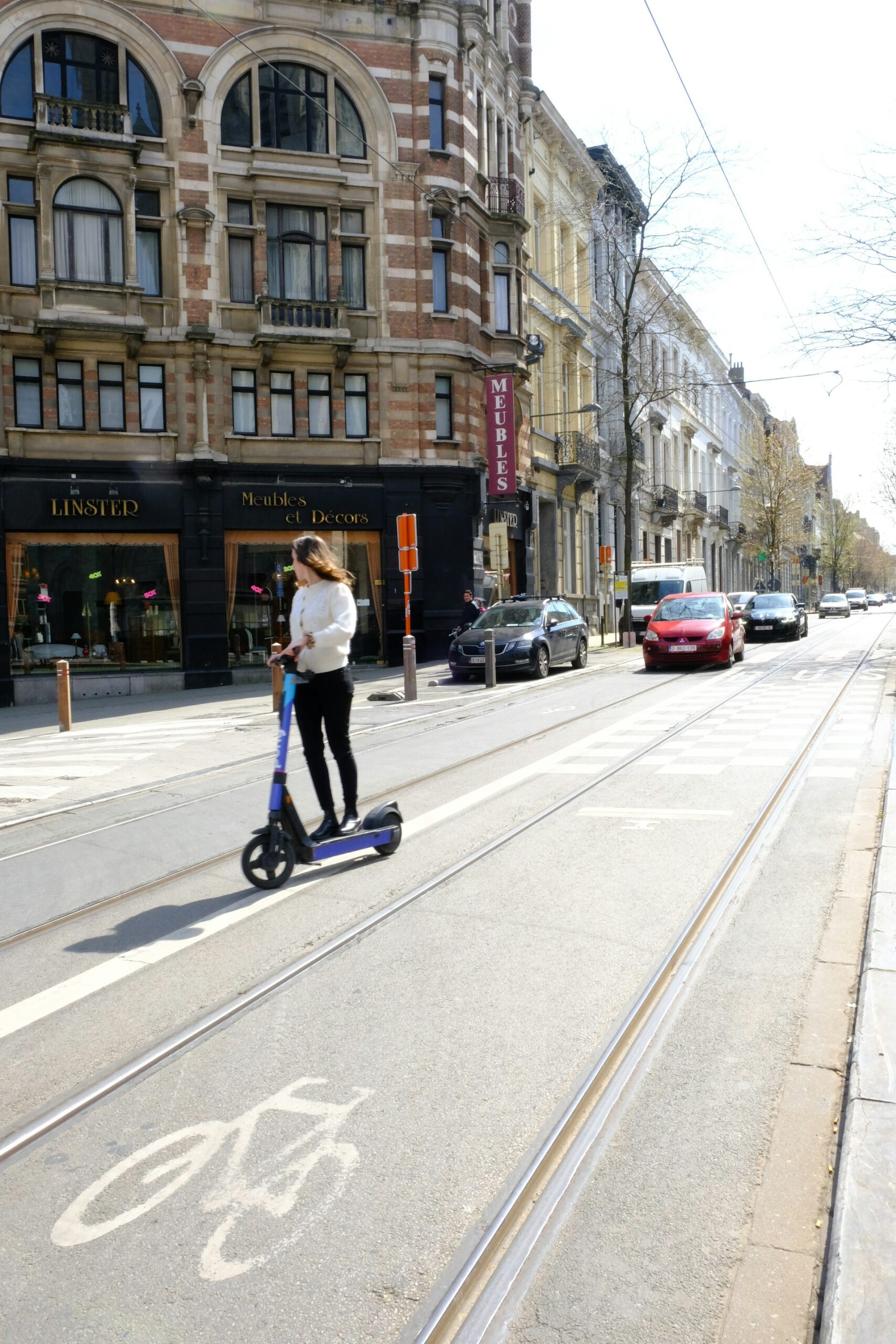How Automakers Customize SUVs, Sedans, and Trucks on Shared Platforms

Photo by Renaldo Kodra on Unsplash
Introduction
Automakers face increasing pressure to deliver a wide range of vehicles to meet consumer demands while controlling development costs and production complexity. One of the most effective strategies is the use of shared platforms -the underlying architecture upon which multiple vehicle types, including SUVs, sedans, and trucks, are built. This approach allows manufacturers to streamline engineering, maximize return on investment, and offer a broad product portfolio without compromising on quality or innovation [5] .
Understanding Shared Platforms in Automotive Manufacturing
A vehicle platform refers to a set of common components, systems, and functions shared across different models. These include chassis, engines, transmissions, and electronics. The platform is the ‘streamlined’ part of the vehicle, while the ‘top hat’-body style, interior, and exterior design-is customized for each model [5] .
Shared platforms enable manufacturers to:
- Reduce development and material costs
- Improve reliability through extensive cross-testing
- Increase versatility for consumers switching between models
- Accelerate time to market for new vehicles
For example, the General Motors B Platform underpinned multiple vehicles, including the Buick Roadmaster estate, Oldsmobile Custom Cruiser, and Chevrolet Caprice wagon, each with unique features and styling but sharing the same mechanical base [1] .

Photo by Bernd 📷 Dittrich on Unsplash
Customization Strategies for SUVs, Sedans, and Trucks
While the mechanical platform remains consistent, automakers employ several strategies to differentiate SUVs, sedans, and trucks:
1. Modular Architecture and Sizing
Modular platforms can be lengthened, shortened, or widened to fit different vehicle segments. For instance, a platform may serve as the basis for a compact sedan as well as a full-size SUV, allowing adjustments to wheelbase, track width, and suspension setups [2] .
Implementation: Engineers design core structural elements to accommodate a range of body sizes. This flexibility allows companies to respond quickly to market trends and consumer preferences.
2. Unique Styling and Bodywork
The ‘top hat’ or upper body of the vehicle is tailored for each model. Sedans focus on sleek aerodynamics and comfort, SUVs prioritize ruggedness and cargo space, while trucks emphasize utility and payload capacity. Design teams create distinct exteriors and interiors to appeal to target demographics.
Example: The Volkswagen Group’s MLB Evo platform supports both the luxury-oriented Audi A4 sedan and the high-performance Lamborghini Urus SUV, with each offering unique styling, features, and driving dynamics [3] .
3. Powertrain and Performance Tuning
Even when sharing engines and transmissions, automakers can calibrate power delivery, suspension, and handling characteristics to suit each vehicle’s purpose. SUVs may receive off-road enhancements; sedans can be tuned for comfort; trucks might be equipped for towing and hauling.
Step-by-Step Guidance:
- Identify desired performance characteristics for each model.
- Adjust engine mapping, suspension geometry, and braking systems accordingly.
- Conduct extensive testing to validate unique driving experiences.
4. Interior Customization and Technology Integration
Automakers differentiate interiors by varying seating configurations, infotainment systems, safety technologies, and trim materials. This allows shared platforms to support both entry-level and premium offerings within the same family.
Alternative Approach: Some manufacturers use shared electronics architectures, enabling seamless integration of advanced driver assistance features across multiple models while allowing for brand-specific interfaces and options.
Benefits and Challenges of Platform Sharing
Benefits:
- Cost Efficiency: Shared development costs result in lower prices for consumers and better resource allocation for manufacturers [4] .
- Improved Reliability: Platforms tested across multiple models uncover design flaws early, leading to more robust vehicles.
- Versatility: Customers benefit from consistent technology and quality when switching between vehicle types.
Challenges:
- Design Constraints: Adapting a single platform to diverse models can limit creative freedom or require expensive modifications [4] .
- Market Differentiation: Excessive similarities may dilute brand identity if not carefully managed.
- Complex Engineering: Customizing performance and safety features for different vehicle types demands significant expertise and investment.
Real-World Examples and Case Studies
General Motors B Platform: Supported multiple iconic vehicles, each with distinctive design and target audience while maintaining shared mechanical reliability [1] .
Mazda ND Miata and Fiat 124 Spider: Both sports cars use the same platform, yet appeal to different consumer tastes through styling and engine choices [2] .
Lamborghini Urus and Audi A4: Despite vastly different market positions, these vehicles share the MLB Evo platform, demonstrating the flexibility and potential of modular design [3] .
How to Access and Leverage Shared Platform Opportunities
If you are seeking to purchase a vehicle that benefits from advanced platform sharing, consider the following guidance:
- Research models built on proven platforms, as they typically offer better reliability and value.
- Consult official manufacturer websites for platform specifications and related models. For instance, you can learn about platform details on resources such as Magna International [5] .
- Visit dealership websites and use their comparison tools to evaluate different vehicles built on the same platform.
- Speak with automotive sales professionals to understand how shared platforms impact maintenance, parts availability, and resale value.
- If you are in the automotive supply or manufacturing sector, consider partnering with established component manufacturers like Knauf Automotive, who support module development for various platforms [4] .
For those interested in deeper research, use search terms such as “automotive platform sharing,” “modular vehicle architecture,” and “OEM shared platforms” on manufacturer and industry association websites. Always verify the credibility of sources before making decisions.
Key Takeaways
Automakers maximize efficiency and innovation by designing SUVs, sedans, and trucks on shared platforms. While this strategy offers significant benefits-including cost savings, reliability, and versatility-it requires careful customization to maintain brand identity and meet diverse market needs. By understanding platform sharing, consumers and industry professionals can make informed choices and leverage opportunities in the evolving automotive landscape.
References
- [1] Jalopnik (2024). What’s The Best Example Of Platform Sharing?
- [2] Jalopnik (2024). These Are The Best Examples Of Platform Sharing.
- [3] Motorbiscuit (2022). TrueCar Reveals 6 New Cars You Didn’t Know Share the Same Platform.
- [4] Knauf Automotive (2022). Car platforms – challenges and best practices.
- [5] Magna International (2022). What is an Automotive Platform – A Crash Course.
MORE FROM ismath.net






